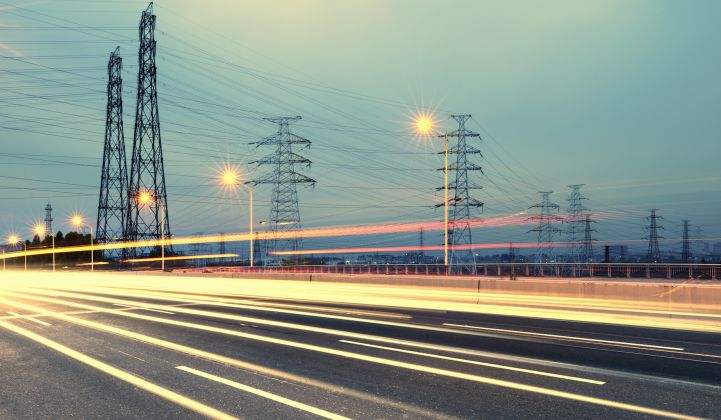Widespread electrification is not only coming, it is likely necessary to decarbonize the global economy.
“Mounting research suggests that aggressive electrification of energy end uses -- such as space heating, water heating, and transportation -- is needed if the United States and the world are to achieve ambitious emission reduction goals for carbon dioxide,” concluded the authors of a 2016 paper on “environmentally beneficial electrification.”
Or, as Vox’s David Roberts summed it up in a recent survey of the topic: We need to electrify everything.
Last week, the National Renewable Energy Laboratory launched an economy-wide assessment of the impact of electrification in commercial and residential buildings, transportation and industry. Over the next two years, NREL and researchers from the Electric Power Research Institute, Evolved Energy Research, Lawrence Berkeley National Laboratory, Northern Arizona University, and Oak Ridge National Laboratory will publish a series of reports as part of the Electrification Futures Study.
The study aims to answer five questions:
- What end-use electric technologies are available for the highest energy-consuming services today, and how might the technologies advance over time?
- How might widespread electrification impact national and regional electricity demand and consumption patterns?
- How would the U.S. electricity system need to transform to meet changes in demand from an electrified economy?
- What role might demand-side flexibility play to support reliable operations of a clean electricity grid?
- What are potential costs, benefits and impacts of mass electrification?
While NREL has conducted extensive research on the supply-side implications of rapid deployment of renewable energy in the U.S. power system, it had not yet studied the demand side: extensive electrification of end-use technologies such as light-, medium- and heavy-duty vehicles and residential and commercial heat pumps, said Trieu Mai, NREL senior researcher and leader of the study.
The move to electrification, especially the adoption of electric vehicles, constituted “a hole in the research that we recognized,” said Mai.
The project’s first report, released last week in conjunction with the launch of Electrification Futures Study, compiles cost and performance projections for end-use electric technologies through 2050. The report is considered foundational, said Mai, because it provides the long-term assumptions for technologies to be studied more extensively throughout the series.
Future reports will examine end-use technologies adoption scenarios; energy and electricity consumption patterns; and supply-side futures under different electrification scenarios. Researchers will study direct electrification technologies, excluding those that do not directly use grid electricity. As such, the reports will not include, for instance, electrolysis for hydrogen production or hydrogen fuel-cell electric vehicles.
Mai said the decision to focus on direct electrification technologies was made simply to constrain the scope of the study. He noted that research on hydrogen and fuel cell technologies continues elsewhere at DOE.
The report emphasizes that the decision not to include hydrogen in the larger study should not be taken as a prediction. “It does not reflect an assessment of the probability of success of technologies that use hydrogen,” the authors write.
The researchers compare the levelized cost of emerging electric end-use technologies to incumbent conventional technologies -- such as battery electric vehicles replacing internal combustion engine vehicles fueled by gasoline or diesel, or heat pumps replacing natural-gas-fired furnaces for residential space heating.
“It gives the reader a sense of how far away the electric technologies are from being cost-effective today, and how far they may have to go to get -- on a pure cost-comparison [basis] -- to reach parity with some of these incumbent technologies,” said Mai.
Total U.S. energy use is roughly evenly split across industry, transportation and buildings; however, electricity consumption is another matter. In 2015, electricity accounted for nearly 40 percent (38 quads) of total U.S. energy consumption (98 quads), but for end uses such as heavy-duty trucks, electricity consumption today is negligible.
“Large energy footprints coupled with small electricity footprints are a first-order indication of potential for electrification,” the authors conclude. In other words, energy hogs such as heavy-duty trucks and buses, industrial boilers and process heating are prime targets for electrification. Transitioning to low-carbon electricity unlocks the potential to reduce fossil fuel use and greenhouse gas emissions in these hard-to-reach sectors.
Mai noted that the cost and performance data on electric technologies gathered in the first report is publicly available at the Electrification Futures Study website for other researchers to use in their own studies.




